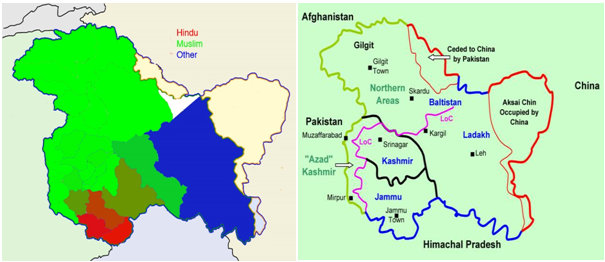7667766266
enquiry@shankarias.in
What is the issue?
What is the account of diversified ethnic groups in J&K?
What are the prevailing regional differences in J&K?

What are the reasons for increasing conflicts in J&K?
What is the way forward?
Source: The Hindu